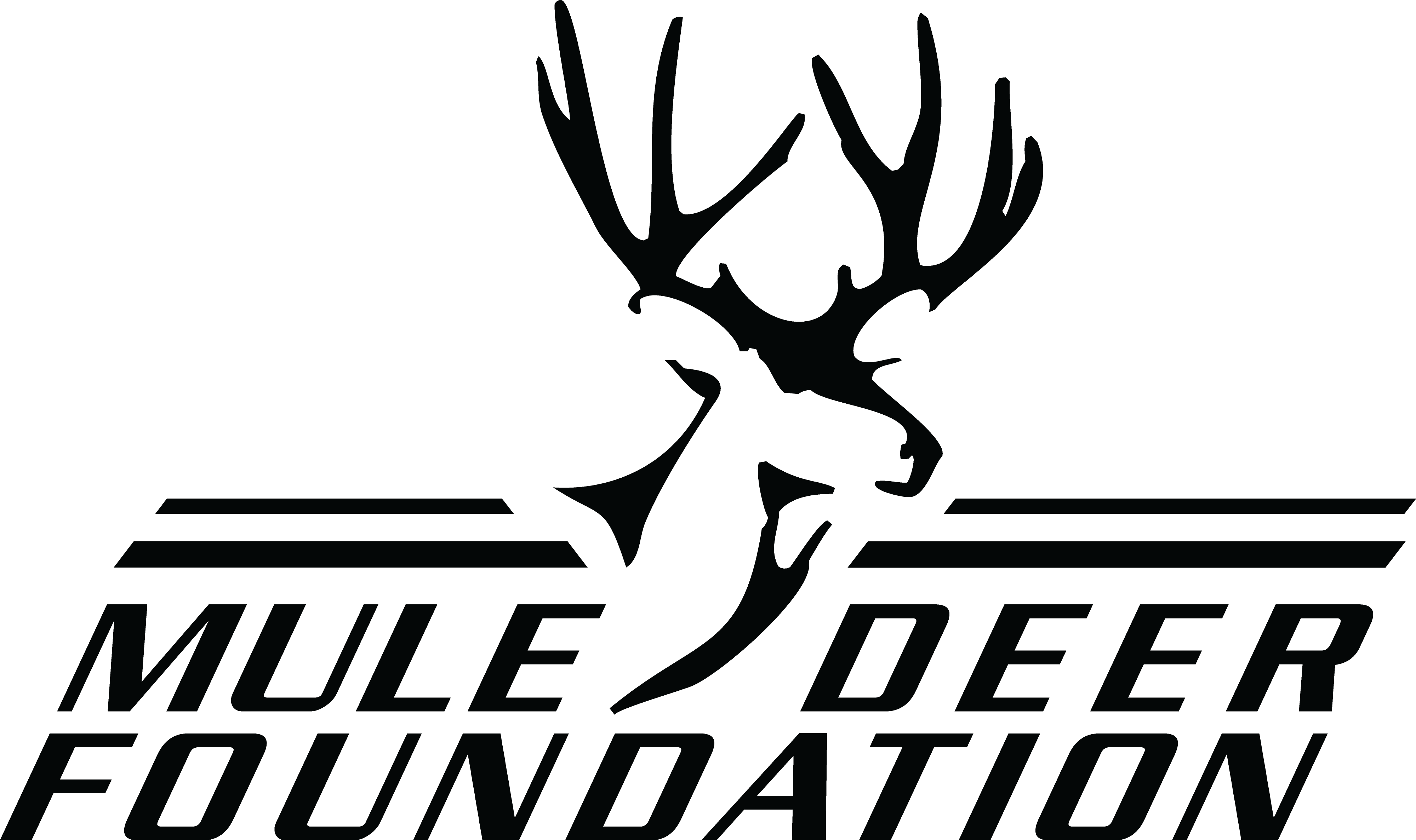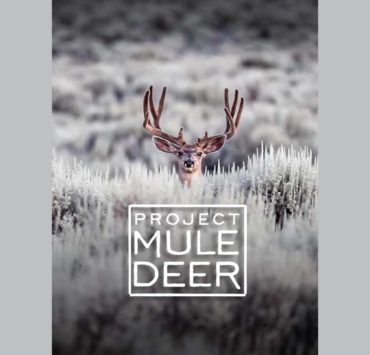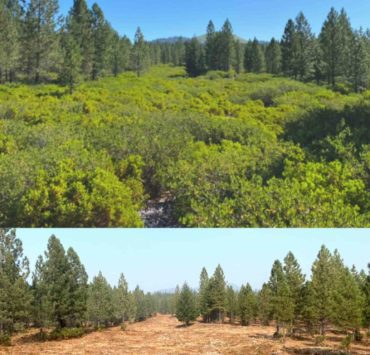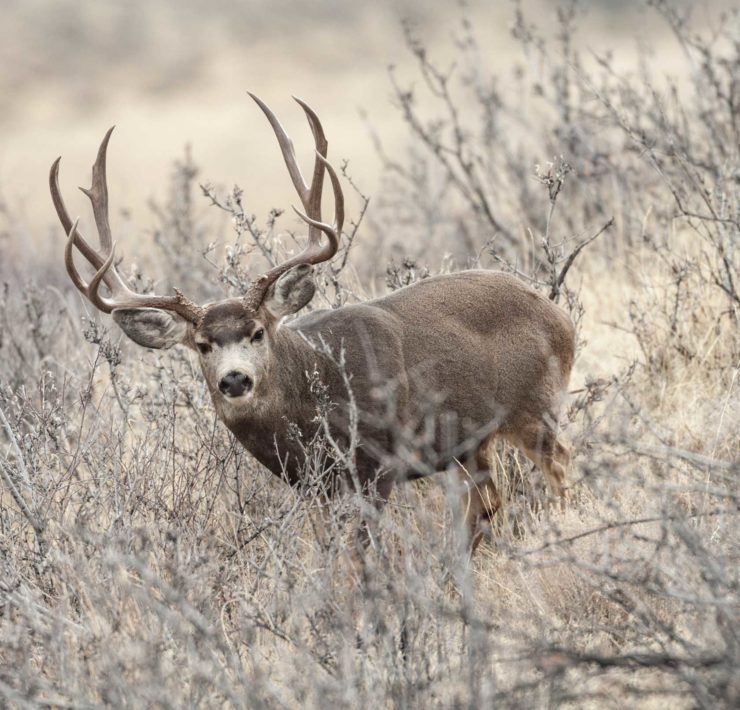Reflections on MDF Stewardship Agreements and Active Forest Management
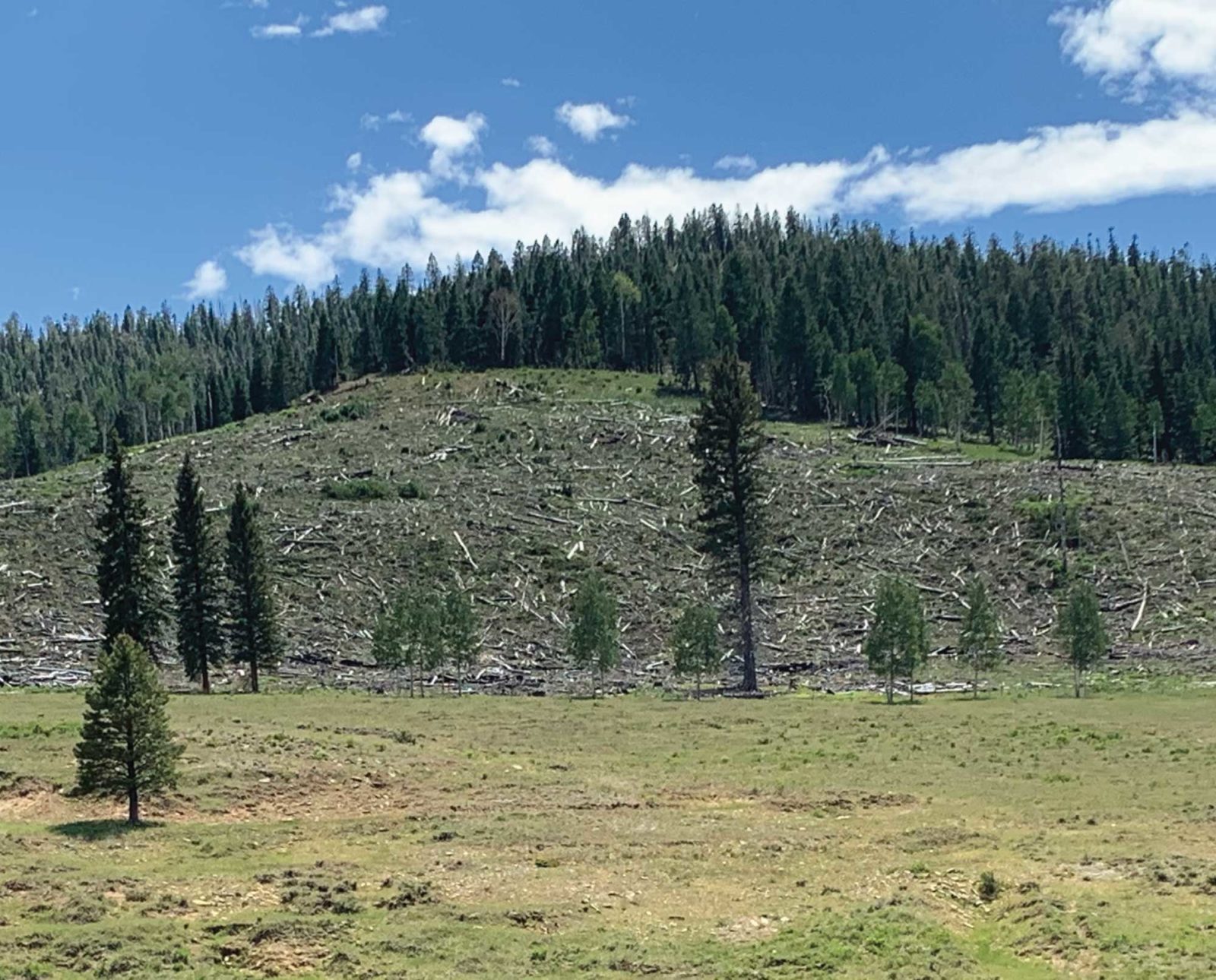
The Mule Deer Foundation is the only conservation group in…
Forest health and mule deer are inextricably linked. A look at MDF’s approach to restore forest health and improve mule deer and black-tailed deer populations through Forest Stewardship Agreements.
I remember a spring afternoon in 2013 sitting with Miles Moretti, president & CEO of the Mule Deer Foundation, in a diner along highway 12 near Utah’s Bryce Canyon National Park planning MDF’s first Forest Stewardship Agreement Project. We had spent the morning and early afternoon on the Paunsaugunt Plateau, home of the famed deer herd, reviewing the potential Sieler Stewardship Project.
I was fortunate to grow up in the golden age of mule deer, born and raised in southeast Utah when herd numbers were at their peak in the West. I was familiar with the reputation and stories of the number of quality bucks taken from the Paunsaugunt. This legendary deer herd has been managed as a trophy hunting unit for many years, maintaining the reputation as one of the top units for big bucks in the country.
Miles was introduced several years earlier to the concept of using Stewardship Agreements to accomplish large landscape benefits for wildlife habitat enhancement. Miles witnessed the success of NWTF with implementing forest stewardship projects and envisioned it being a good fit for MDF on western landscapes to benefit mule deer and black-tailed deer habitat. On April 1, 2013, I was hired by MDF to implement a Stewardship Program to complement the MDF Large Landscape Habitat Initiative.
The Sieler Stewardship Project on the Paunsaugunt had objectives like the other 20+ MDF stewardship projects that would follow. These objectives are to:
- Improve and maintain structural diversity, growth, vigor, and species composition through harvest and precommercial thinning practices
- Maintain or restore aspen where it is being succeeded by conifer
- Reduce risk of catastrophic wildfires through reduction of hazardous fuels
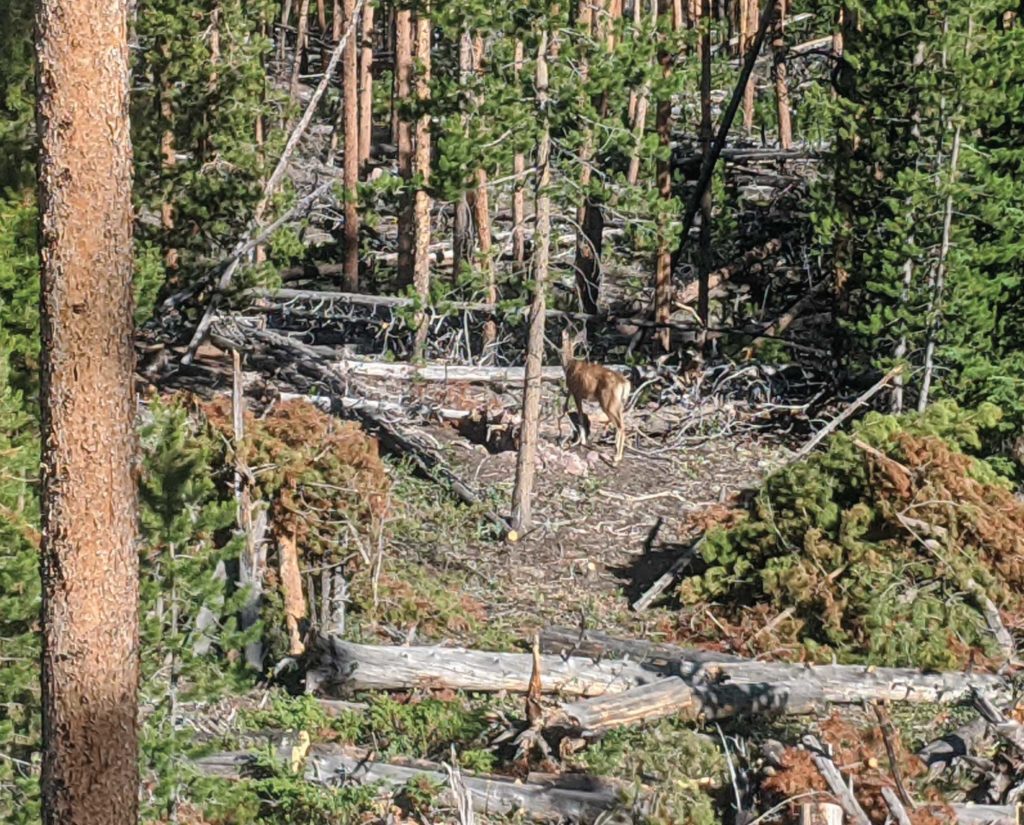
Forest health figures prominently in the long-term outlook for mule deer populations in the West. Mule deer need vigorous forests with robust early successional plant communities (habitats with diverse and healthy flora) that provide adequate levels of nutrition throughout their annual life cycle. However, the modern-day challenges of forest management in the West are vast and layered. Beetle infestation, invasive species, climate change, and a host of socioeconomic issues have resulted in large swaths of degraded forest stands—i.e., dense, unhealthy, and prone to catastrophic wildfire—that can only be improved through proactive and aggressive stewardship treatments.
That meeting in 2013 was a good day reviewing and discussing how to implement treatments for the Sieler Stewardship Project. There was genuine excitement about the project, but also of what might develop with future stewardship opportunities across the West initiated and managed by MDF.
Evolution of Stewardship Contracting
In 2003, Public Law 108-7 granted the Forest Service and Bureau of Land Management (BLM) 10-year authority to enter into stewardship contracts or agreements to achieve agency land management objectives and meet community needs. Stewardship contracting can be used to address forest or rangeland health, water quality, and fish and wildlife habitat. The process can also reduce hazardous fuels that pose risks to communities and ecosystem values. It is unique because it allows the exchange of goods for services (timber for habitat work), thereby accelerating the amount of forest restoration work that can be accomplished with federal funding.
The 2014 Farm Bill permanently reauthorized the stewardship contracting authority. The permanent authority allows the agencies to:
- Apply the value of timber and other forest products removed as an offset against the cost of services received
- Apply excess receipts from a project to other authorized projects; select agreements and contracts on a “best value” basis
- Award agreements or contracts for up to 10 years to stimulate long-term investments in local communities
Stewardship Agreements
The stewardship contracting authority includes a mechanism known as a “stewardship agreement” that allows conservation organizations to work with the Forest Service and BLM to implement conscientious land management practices through broadly defined Master Stewardship Agreements and then specific Supplemental Project Agreements.
Here is how it works for MDF: The federal agencies develop non-competitive agreements with MDF in which we provide at least 20% of the project costs as match, secure best-value contracts to implement project activities, and, perhaps most importantly to the agencies, can utilize multiple contractors for a single project. Stewardship agreements do not require a goods or services component but that can be helpful to offset costs when timber values are high.

MDF has pioneered the use of stewardship agreements for mule deer habitat conservation in the West. Since 2013, MDF has negotiated Master Stewardship Agreements with each Forest Service Region. The following projects are a sample of successfully completed stewardship[1] agreements that provide enhanced healthy habitats:
- Sieler-Split Stewardship Project (Dixie National Forest (NF), Utah; 1,442 acres): This was MDF’s first such project, developed to improve habitat for the famed Paunsaugunt deer herd in southern Utah. Project activities include harvest of aspen and mixed conifer, aspen site prep for regeneration, pre-commercial thinning, riparian tree thinning, and temporary fencing for aspen regeneration protection.
- Alma-Cart Creek Restoration Project (Ashley NF, Utah; 1,177 acres): Pre-commercial thinning, aspen regeneration, and removal of encroaching conifer into sagebrush.
- Left Fork Stewardship Project (Dixie NF, Utah; 1,186 acres): Adjacent to Sieler-Split Project with similar activities and outcomes.
- Uncompahgre (Roat Cap) Stewardship Project (Grand Mesa, Uncompahgre, and Gunnison NF, Colorado; 3,353 acres): Timber harvest and thin treatment (587 acres), mastication-(1,086 acres), as well as two timber sale prep and marking (1,680 acres).
- IM Ridge Stewardship Project (Pike-San Isabel NF, Colorado; 768 acres): Non-commercial thinning, along with lop and scatter to encourage aspen regeneration and reduce wildfire hazards.
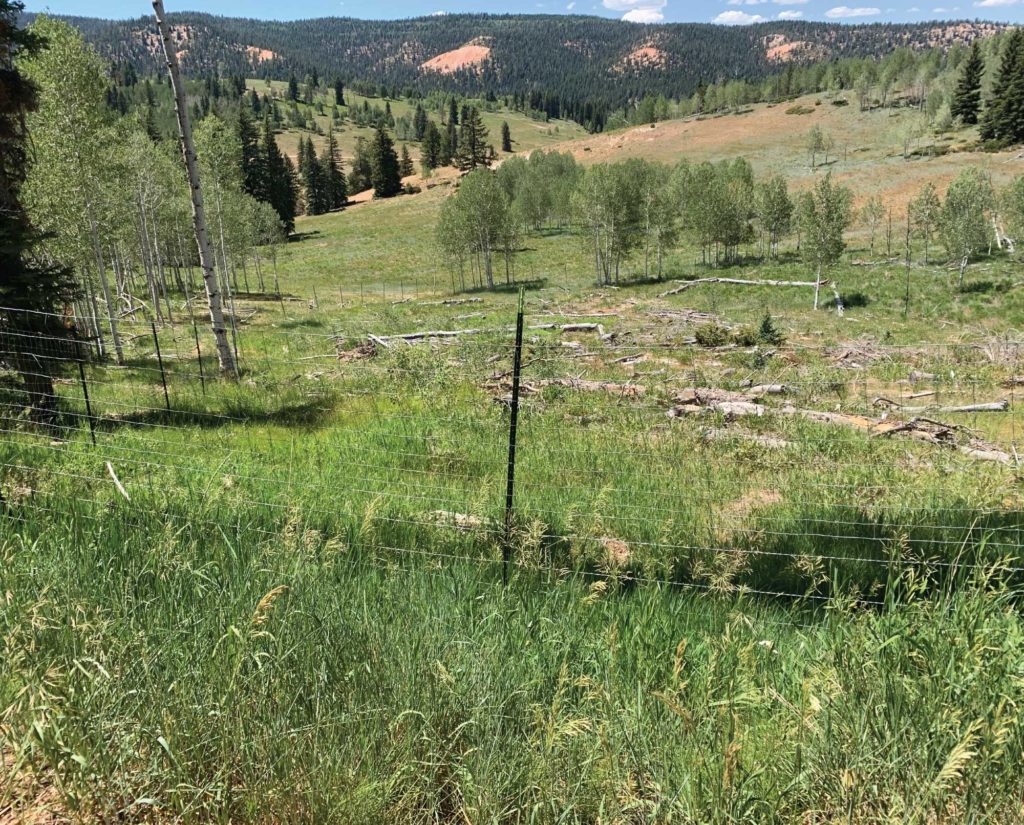
The projects are in line with the mule deer habitat conservation objectives of the state fish and wildlife agencies. That means MDF has been successful in securing matching funds from state programs like the Utah Watershed Restoration Initiative. For example, MDF brought $445,000 to the Sieler Project, resulting in a contribution to the $1,195,000 project that greatly exceeded the 20% mandate. This, in turn, helps the Forest Service by providing input and buy-in from the wildlife agency experts. The initial vision and partnership-building by MDF have resulted in a high degree of interest by the Forest Service in expanding its stewardship agreement project work with MDF.
The Forest Service is expanding its organizational capacity—to have the people and resources—through the use of stewardship agreements. The forest plans and MDF’s goals for habitat restoration often go together and are a terrific way to restore habitat for mule deer, improve forest health, and increase public recreational opportunities.
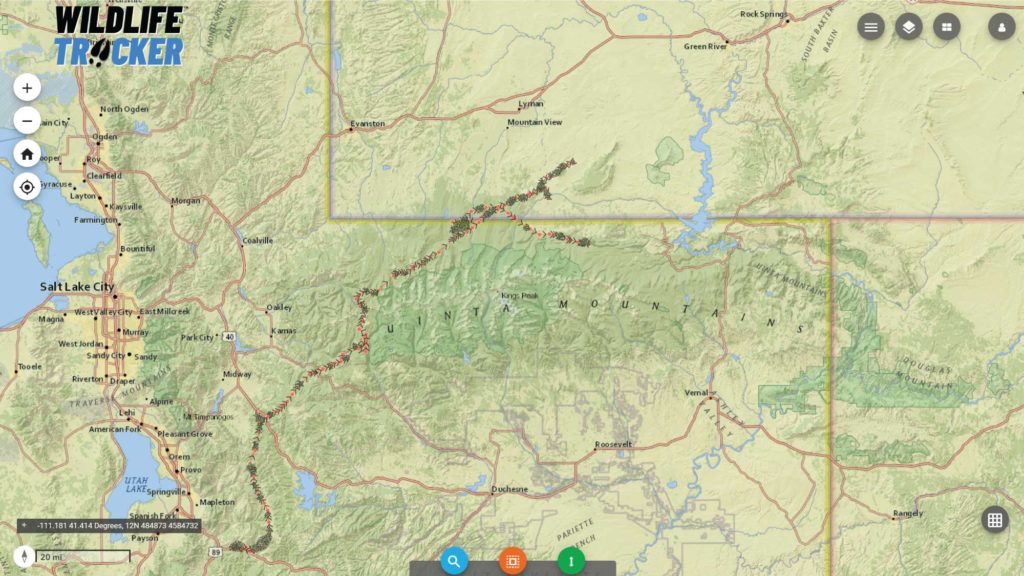
Showcase Projects
The early work of developing and maintaining partnerships has reaped rewards for MDF with several showcase stewardship projects to build upon long into the future. The following two stewardship agreements were literally years in the making.
- 2017 Uncompahgre Stewardship Project (Long Creek/Moore-Payne)-Grand Mesa, Uncompahgre, Gunnison (GMUG) NF in western Colorado. This 1,200-acre stewardship agreement came about as a direct result of success from the 3,353-acre Roat Cap (Uncompahgre) Stewardship Agreement. It is a true forest restoration project, which provides impressive results for forest health and wildlife benefits.
- The Burnt Beaver Wildlife Restoration Project is a large landscape scale restoration effort spanning 70,000 acres in Summit County, Utah—on the Mountain View/Evanston Ranger District of the Uinta-Wasatch-Cache NF. Overall treated acres will be 25,898; 3,931 acres will be mechanical treatments via contract and 21,967 acres will be prescribed fire treatments. The MDF has completed 1,485 acres of mechanical treatments with three contractors thus far.
Final Reflections
What started over coffee in rural Utah has turned into an absolute success. The model we developed is still used by MDF to implement stewardship agreements that benefit mule deer habitat across large-scale landscapes. And future agreements can focus on key regions with the most critical needs for mule and black-tailed deer.
As the sun sets on Miles Moretti’s career, as well as my own, it is satisfying to know we made a difference for mule deer. With the vision and implementation of using the tool of stewardship agreements, MDF is “ENSURING THE CONSERVATION OF MULE DEER, BLACK-TAILED DEER AND THEIR HABITAT”.
The Mule Deer Foundation is the only conservation group in North America dedicated to restoring, improving and protecting mule deer and black-tailed deer and their habitat, with a focus on science and program efficiency. MDF is a strong voice for hunters in access, wildlife management and conservation policy issues. MDF acknowledges regulated hunting as a viable management component and is committed to recruitment and retention of youth into the shooting sports and conservation. Get involved in your state or become a member at www.muledeer.org or call 1-888-375-3337.


